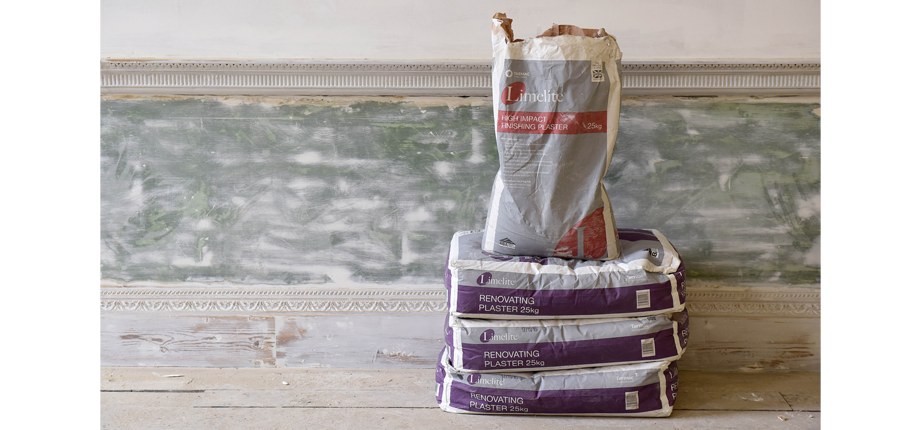Gypsum plaster is one of the most extensively used materials within social housing but is it always the right solution? Matthew Allen, Business Development Manager for Tarmac’s Limelite product group, puts a case forward for the Limelite Plaster system as an alternative solution.
With the UK’s population rising, so too are the number of families and young people living in social housing. In the main, properties owned by housing associations have gypsum plaster applied to the internal walls. This is due to the ease of application and low-cost. Gypsum plaster has long been the ‘go to’ choice of professionals across the UK building industry, but possesses some inherent weaknesses which have been thrust into the spotlight in recent years, bringing into question its long-term suitability.

The biggest issue linked to gypsum plaster is its inability to handle moisture. Due to the hygroscopic nature of gypsum, it absorbs and retains moisture from the surrounding atmosphere and substrate. Damp is one of the most common factors which can affect gypsum plaster, leaving it susceptible to the growth of black mould and salts.
Given the age of the majority of the UK social housing stock, damp is a key issue that housing association maintenance teams have to tackle on a regular basis.
It manifests itself in many ways, from rising damp travelling through masonry from the ground, to damp that penetrates the building fabric caused by external leaks or stemming from poor insulation or ventilation.
There is no simple resolution for the effects of damp on gypsum plaster. Often the only choice is to remove the original plaster, treat the walls with a Damp Proof Course (DPC) before waiting for it to dry, typically at a rate of 25mm per month, before applying a backing plaster.
Given the age of much of the UK’s social housing stock, I actively encourage those specifying plaster to consider another solution…that solution is Limelite.
One of the key benefits of Limelite is its ability to mitigate any humidity or air-flow issues faced by ageing social housing properties. By allowing moisture to pass through it eliminates the likelihood of damp occurring. Limelite includes a salt inhibitor which increases the retention of dissolved solids within the plaster, helping to protect the decorated finish. The result is the balanced moisture movement through the construction fabric which allows the substrate to dry naturally.
The installation process is not dissimilar to that of traditional methods, although unlike gypsum, you do not have to wait for the walls to be dry before plastering this significantly reduces the repair duration, cost and inconvenience to the tenant.
Limelite Installation Process
1. Remove existing/damaged plaster
2. Apply Limelite’s Easy Bond Primer
3. 20 minutes later apply Limelite’s Renovating Plaster
4. 24 hours later apply Limelite’s High Impact Finishing Plaster
5. 24 hours after applying High Impact, paint with
a water, clay or mineral-based emulsion
Damp, and its associated complications, is not a new issue for housing associations, yet its persistence is a concern. The poor moisture handling ability of gypsum-based plaster is a key trigger for damp, the only way to truly tackle the issue is to reconsider the plaster used during the specification process.
Making the switch to a lightweight renovating plaster may not have been the obvious choice in the past, but it will be the most effective – in both the short and long term.
For more information on the Limelite Renovating Plaster system contact: Matthew Allen tel: 07483 131186 email: matthew.allen@tarmacbp.co.uk or download our free white paper on the use of Limelite in social housing at limeliteplaster.co.uk/why-use-limelite/social-housing/
We are exhibiting at the Homes Show in London Olympia 28th – 29th November (Stand H69), be sure to come and see us to learn more about the range or arrange a CPD or training session from one of our technical experts’
www.limeliteplaster.co.uk
- Log in to post comments













